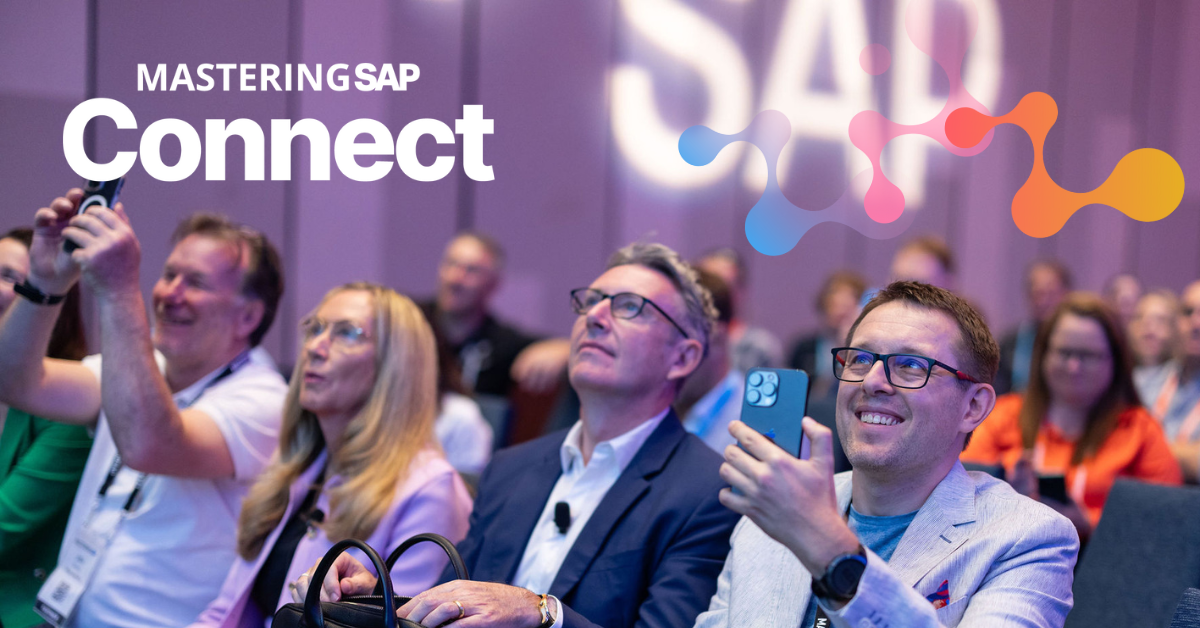SAP Integrations as part of Mergers & Acquisitions
Companies adopt various methodologies to implement Enterprise Resource Planning (ERP) systems through mergers and acquisitions. This depends on the type of implementation like greenfield, brownfield, big bang, or wave rollouts. Greenfield implementations are considered when an organization has never used an ERP system like SAP (Systems Applications & Products), or are using other ERP systems like Oracle or JD Edwards. Brownfield implementations are considered when a company is already using an outdated SAP system and is planning to migrate to a modern ERP system like S/4 HANA. Sometimes companies adopt a strategy that combines both greenfield and brownfield approaches.
This is based on the assumption that 80 percent of the business processes of acquired companies fit into the global template of SAP. However, there is a possibility that the acquired companies may be using 20 percent new business processes along with new systems like MES (manufacturing execution systems), which are beneficial in terms of productivity and efficiency. This necessitates a plan design for integrating such systems with SAP.
The strategy should involve taking inventory of the systems and applications of acquired companies, and deciding on the systems and applications that will be brought in the scope of integration or retirement. Defining and managing the scope throughout the program is essential.
Discovery Phase
Plant visits are carried out in the discovery phase. This enables an understanding of the business processes of the acquired companies. It includes observing the manufacturing execution process, product movement between machines, and how the material is staged from the warehouse to the manufacturing staging area closer to consumption. Other aspects revolve around the following:
- How many semi-finished products are there, and how are they transformed into finished products?
- How are the products packaged?
- Are the semi-finished products stored in the inventory?
- Are they continuously processed on the conveyor lines/machines?
All this defines the levels of semi-finished materials in bills of materials and the number of processing operations in master recipes. In this phase, products that fit into the different production methods like discrete, process, and repetitive manufacturing are identified, and SAP ERP is configured accordingly.
In the discovery phase, bridging the knowledge gap by bringing in knowledgeable resources skilled in business processes and SAP modules is essential. It is also crucial to bring in resources who can work closely with business experts in functional areas like manufacturing or procurement, warehouse management, quality management, finance and controlling, plant maintenance, etc.
Discovery questionnaires need to be prepared upfront in each area and must be shared with business stakeholders. Working sessions (workshops) should be scheduled for addressing and documenting the questions. These questionnaires serve as inputs to ‘as-is’ and ‘to-be’ business process flows, and become the input for documenting the business requirements.
Business requirement documents are then used to arrive at fit-gap analysis and to measure whether a particular business requirement can be fulfilled by a standard out-of-the-box configuration or by custom enhancement.
While designing the complex enhancements, it is crucial to consider the long-term impact and how they can negatively affect production support when the project is transitioned to the Run/Maintenance phase as part of AMS (Application Management Services). It should also be considered that SAP SE, which owns the software, will not provide any product support for custom enhancements as part of the regular contracts or max attention premium services contracts.
Best Practice Approach to Address Functional/Business Gaps

Realization Phase
Addressing the identified gaps as part of the discovery phase is essential. The best practice is to address the gaps by standard out-of-the-box configuration. However, there may be some gaps that cannot be solved by the standard out-of-the-box configuration, especially when there is a need to integrate/interface SAP with third-party applications like MES systems. Some examples include CAMSTAR, Kitchen batching systems, and LIMS (Laboratory Information Management Systems).
In these circumstances, gaps should be documented and addressed as part of Build phase or Realization phase. In this, technical development resources are onboarded. These are skilled resources that are coding specialists and integration architects who have experience in interfacing SAP with third-party applications utilizing middleware applications like SI (Sterling Integrator from IBM), MuleSoft, BIZTALK, and PI/PO.
Testing Approach and Methodologies
Testing plays a significant role in SAP projects whether they are rollout or greenfield/brownfield implementations. At a high level, testing can be classified as functional unit testing, system integration testing, and user acceptance testing. These are discussed below:
Functional unit testing: This is executed by system consultants to validate the module-specific configurations related to master data and transactional data. An example can be testing a BOM (Bill of Material) creation, Master Recipe Creation, or Process Order Creation. Functional unit testing can be specific to one module or two at the most.
System Integration testing: This is executed by the system consultants to validate end-to-end business processes, and cuts across multiple SAP modules including interfaces with third-party applications.
User acceptance testing: This is executed by business users to validate end-to-end business processes and cuts across multiple SAP modules, including interfaces with third-party applications.
Cutover Approach
Cutover in a merger and acquisition project is about transitioning to a live SAP production system. Many decisions related to inventory are made as part of cutover. An example can be cycle counting of the inventory and loading the inventory into SAP production systems. During cutover, the plant or factory is completely shut down and no manufacturing or production takes place.
Go Live and Stabilization
Go Live is the planned established date when users start using SAP systems for all the supply chain activities like production, procurement, quality, shipping, etc. During stabilization, which is normally planned for couple of weeks depending on the size of rollout, all the business-first transactions are executed in SAP systems.
Plus, 24/7 support is provided to the plants to ensure that critical supply chain activities are performed efficiently and effectively. Both Go Live and stabilizations are highly visible project activities and are overseen by everyone in the organization, including the top management teams who closely watch them. War rooms are built and staffed with skilled resources to solve all the system issues for uninterrupted business.
Managing System Integrators
From a resource perspective, SAP projects are complex, as these projects need subject matter experts who are knowledgeable in systems and business processes. SAP projects require anywhere between 100 and 150 skilled resources for the entire duration of the projects.
It is crucial to manage the system integrators’ work closely in every phase of the merger and acquisition project. Using multiple vendors and system integrators to get specialized knowledge is sometimes essential, including hiring contractors to accomplish project goals. Considering the need to make decisions quickly for such projects, it is essential to constantly evaluate the work of multiple vendors whose business interests are not aligned with SAP.







